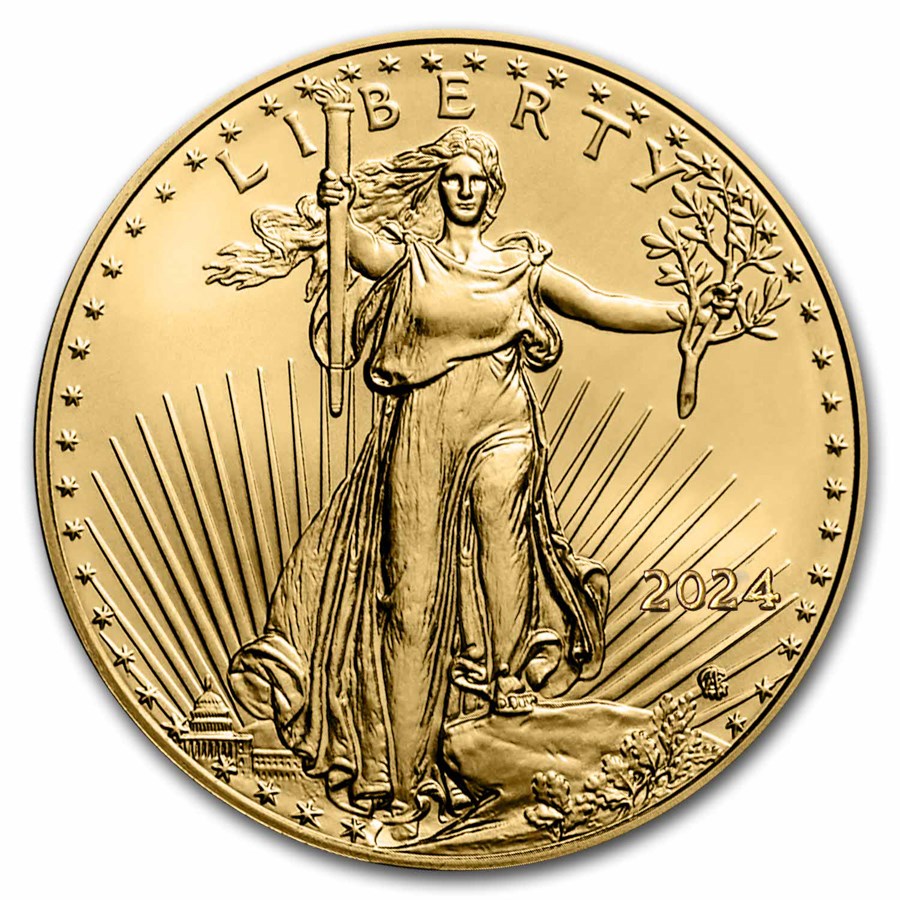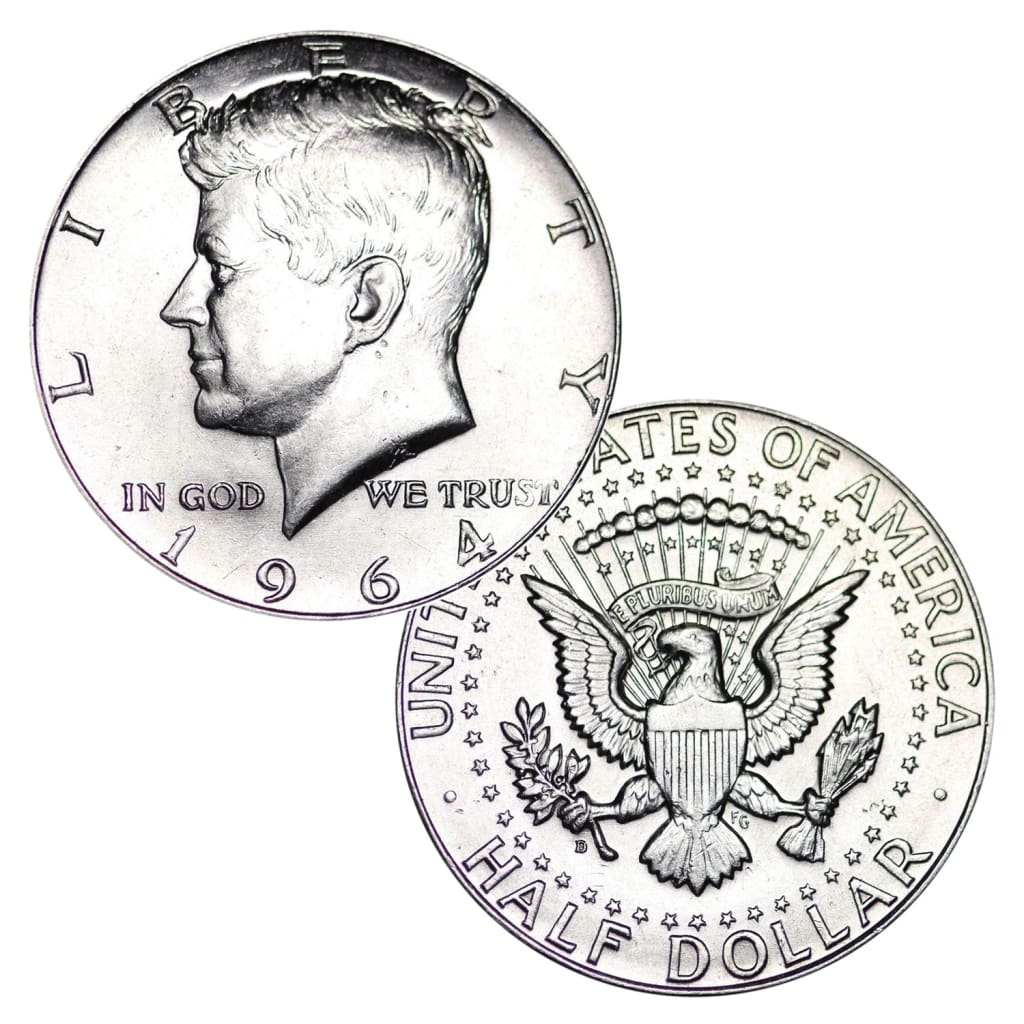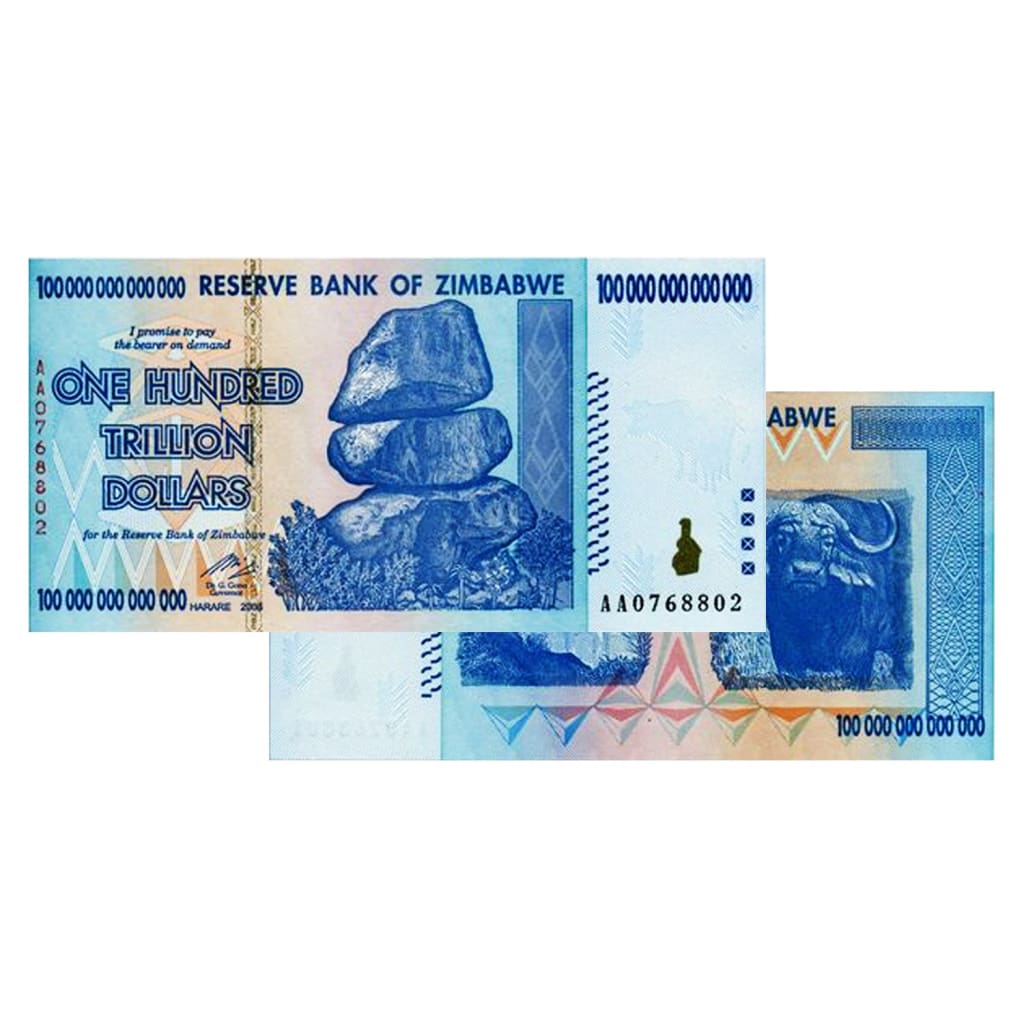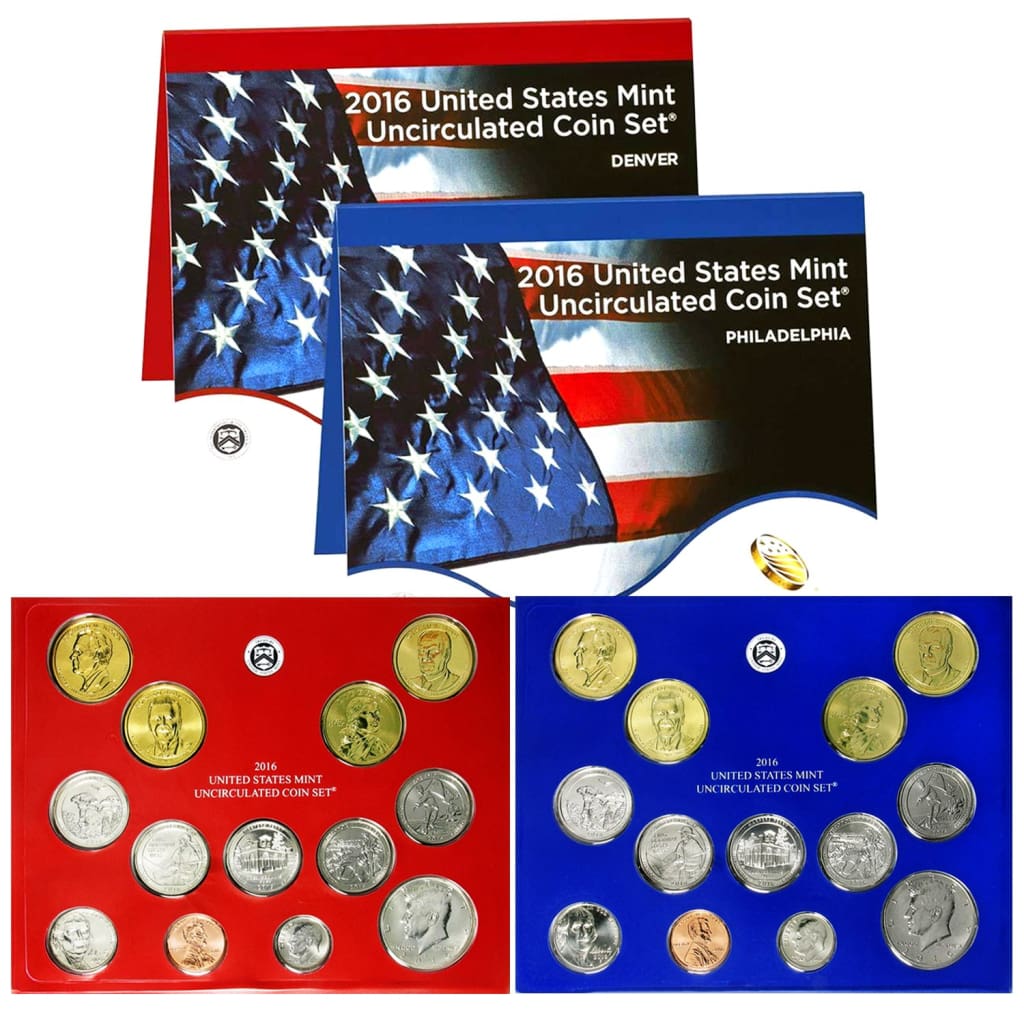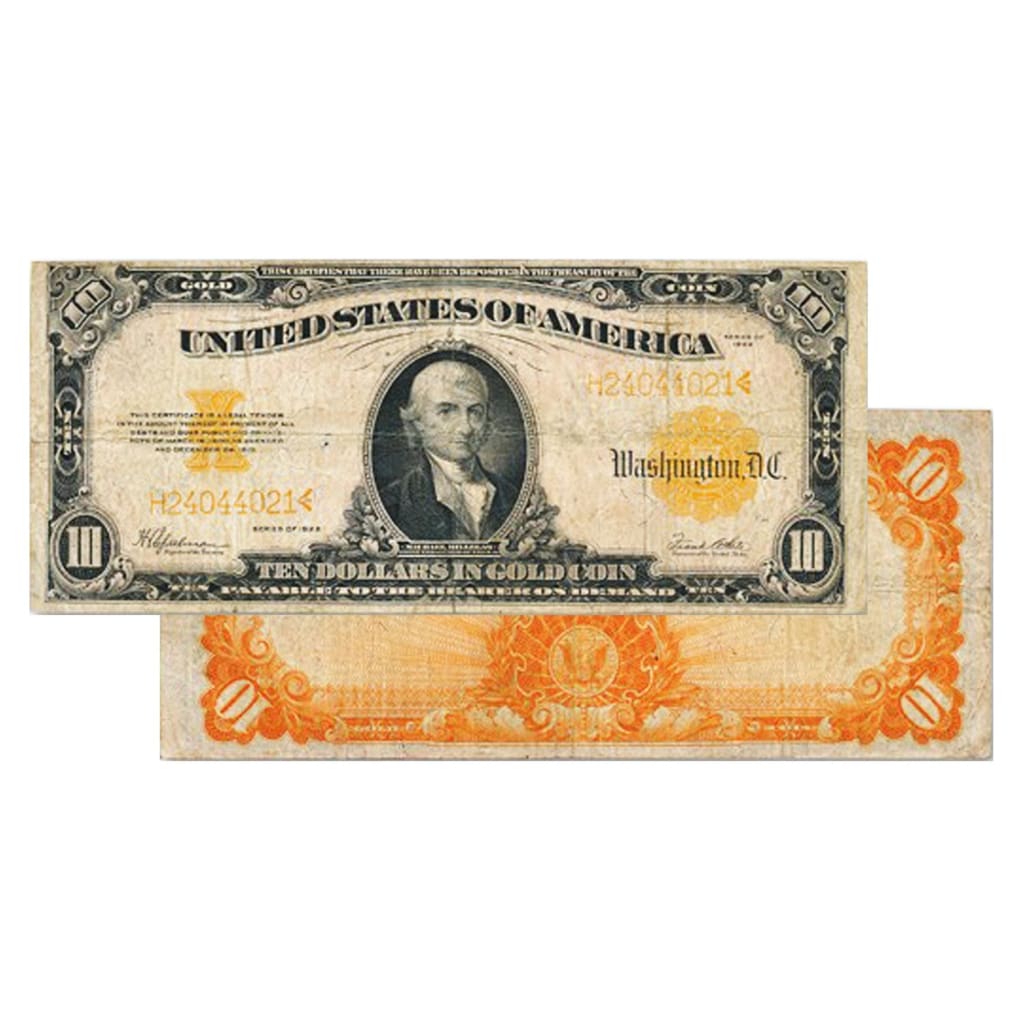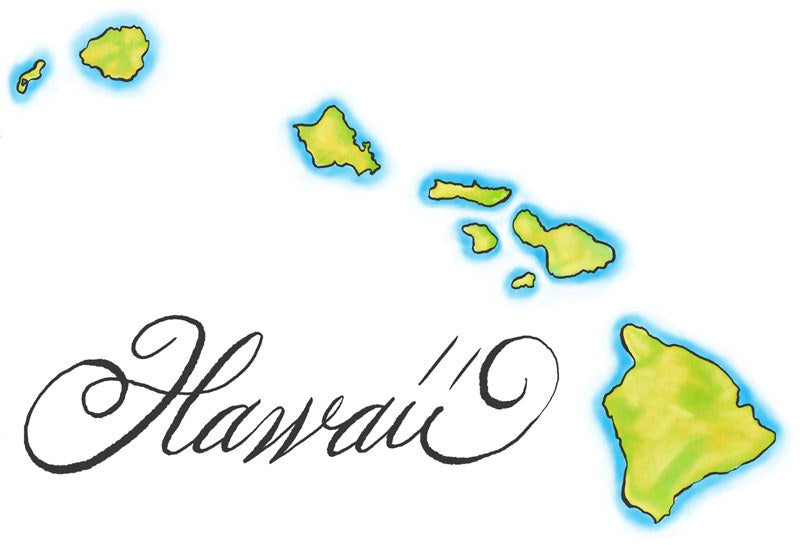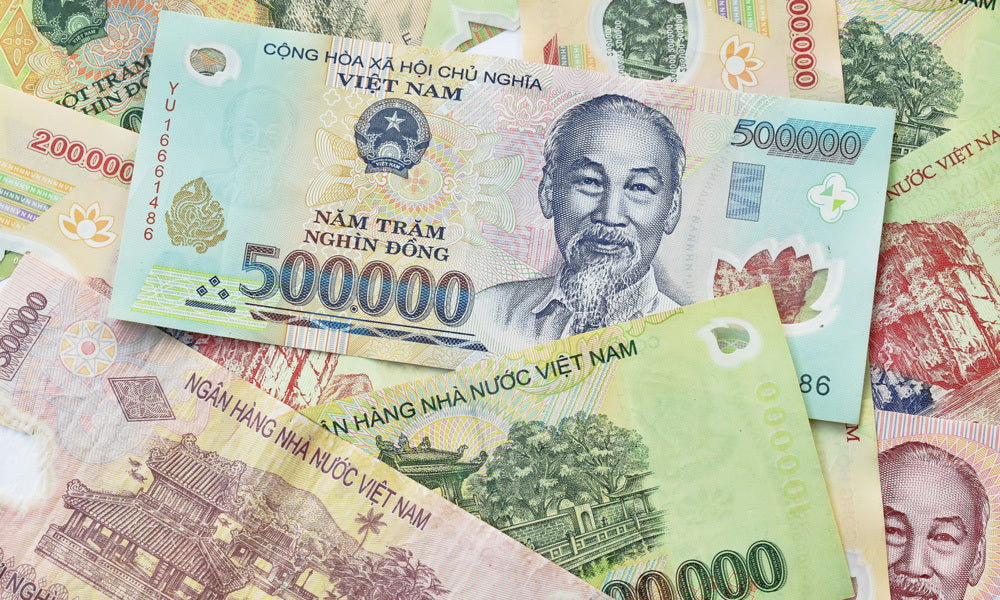Well before Hawaii became a US territory in 1898, it had been settled by native South Pacific islanders as long ago as 300 AD. Spanish sailors in route to the Philippines may have come across the islands in the 1500s, but the first acknowledged European settlement occurred 200 years later after Captain James Cook arrived with a British convoy and named the islands for the British Earl of Sandwich.
On Cook's second voyage the following year a dispute between his men and the island natives over Cook's theft of artifacts didn't end well for the Englishman. The Hawaiians seized one of Cook's ship's boats and Cook kidnapped Hawaii's King Kalaniʻōpuʻu and held him in order to get his boat back. When Cook's party went ashore to make the exchange, the angry Hawaiians killed Cook and the four marines who accompanied him, sending the surviving sailors packing…without their boat.
Immigration and Modernization
After Cook's unhappy visit, a series of inter-island battles and treaties among the indigenous peoples resulted in the establishment in 1795 of a united kingdom under the rule of King Kamehameha the Great. Subsequent settlers from Europe, Asia, and later the US brought economic development to the islands, along with diseases that wiped out more than half of the natives.
By 1887 non-native business interests had grown powerful enough to force a new constitution for the kingdom that effectively disenfranchised most native and non-white residents. Those same interests staged a coup in 1894 to overthrow the monarchy and establish a self-governing republic, eventually leading to the republic's annexation as a US territory on July 6, 1898. It remained as such until residents voted overwhelming in favor of statehood in 1959.
In 1993 the US officially apologized for its role in the treatment of the Hawaiians 100 years earlier.
Coins for a Kingdom
With the establishment of the Hawaiian kingdom and its emergence as a trading power, Kamehameha's successor, Kamehameha III sought to mint coins for local commerce. In 1847 a private mint in the US struck copper cent coins in several varieties. In 1883 silver dimes, quarters, half dollars, and dollars were struck at the Philadelphia Mint displaying a bust of then-King David Kalakaua. The coins are the same size as US coins of the corresponding denominations and were valued the same as their US counterparts but used Hawaiian terms to describe them. They were:
|
Hawaiian Name |
US Equivalent |
Year of Issue |
Original Mintage |
Hapa Haneri |
One Cent |
1847 |
~100,000 |
Umi Keneta |
One Dime |
1883 |
250,000 |
Hapaha |
One Quarter |
1883 |
500,000 |
Hapalua |
Half Dollar |
1883 |
750,000 |
Akahi Dala |
Dollar |
1883 |
500,000 |
A handful of proof and pattern coins were also made along with Plantation Coins for use at local plantation stores.
Collecting Hawaiian Coins
Because the monarchy was overthrown shorty after their issue, Hawaiian coins were minted in relatively small quantities. Most were redeemed for US coins when the islands became a territory and were presumably melted down and reprocessed by the Mint. Today a few hundred of each denomination remain known and the handful in mint condition can bring several thousand dollars.
The record price for an 1857 copper cent is $16,450. A 10-cent 1883 silver coin sold for $26,850 in 2013 and a quarter brought $29,900 in 2006. The larger denominations are harder to find in top condition since a higher percentage were redeemed. A 50-cent piece graded only VF30 sold at auction in 2006 for $54,625 in 2006, but recent sales of MS-graded coins have fallen to $1,000 to $12,000. Also in 2006, a much rarer one dollar coin sold for $192,000, but recent estimates place the value closer to $150,000.
Plantation coins are even rarer and many have sold for tens of thousands of dollars.
Fortunately for collectors, many coins of Fine to Very Fine condition remain and are available for $100 to $600, making collecting coins of one of our most fascinating states more affordable.
For more information on Hawaiian coins, along with a guide to prices and population, see the PCGS Coin Facts website.

